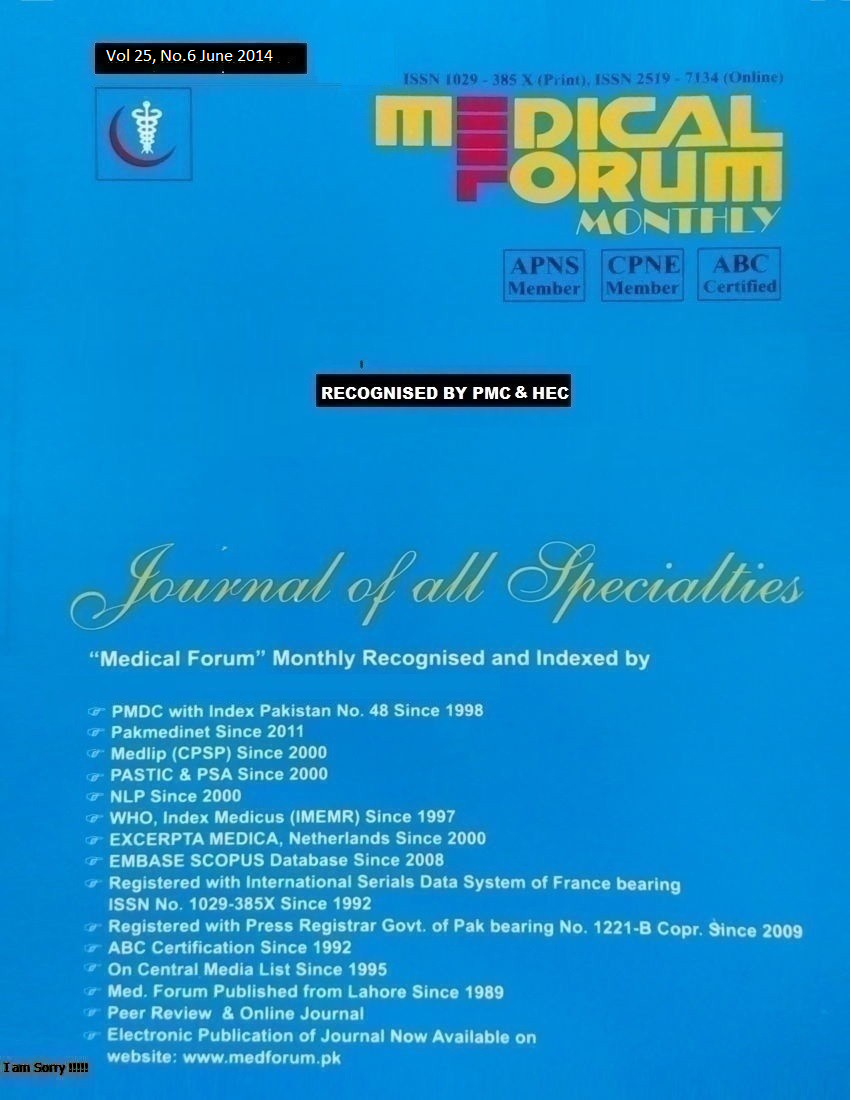
14. The Relationship between Developmental Dysplasia of Hip and Mode of Delivery in Term-breech-neonate
1. Roohullah Jan 2. Shadab Akhtar
1. Medical Officer, Deptt. of Orthopaedics& Traumatology, 2. Senior Registrar, Deptt. of Obstetrics & Gynecology, Khyber Teaching Hospital, Peshawar.
ABSTRACT
Objective: To investigate the relationship between developmental dysplasia of the hip and mode of delivery in term breech neonates.
Study Design: Prospective Cohort Study
Place and Duration of Study: This study was conducted in Khyber Teaching Hospital Peshawar from May 2012 to April 2013.
Materials and Methods: Over the study period all neonates delivered at term as singleton breech in the Obstetrics & Gynecology department of Khyber Teaching Hospital were included in the study. Period of gestation, parity, and mode of delivery, fetal gender and birth weight of each neonate was recorded. All neonates were assessed for DDH both clinically and through ultrasound. Severity of dysplasia was graded using modified Graf’s static morphological method. Correlation was made between DDH and mode of delivery. Mode of delivery was categorized as vaginal delivery, emergency cesarean section and elective cesarean section.
Results: There were a total of 283 breech deliveries during the study period, out of which 16 had DDH. Incidence was more in primigravidae. Majority were females. DDH was more common in vaginally delivered breech babies, in majority of whom DDH was more severe (Graf type III & IV, as opposed to babies delivered through elective cesarean section.
Conclusion: Vaginally delivered breech babies constitute a high risk group for DDH. Clinical examination followed by ultrasound examination of both hip joints should be undertaken in all babies delivered as breech so as to institute management in time to prevent avascular necrosis of femoral head.
Key Words: Dysplasia of Hip, Breach Neonates, Vaginal Delivery, Cesarean section.
